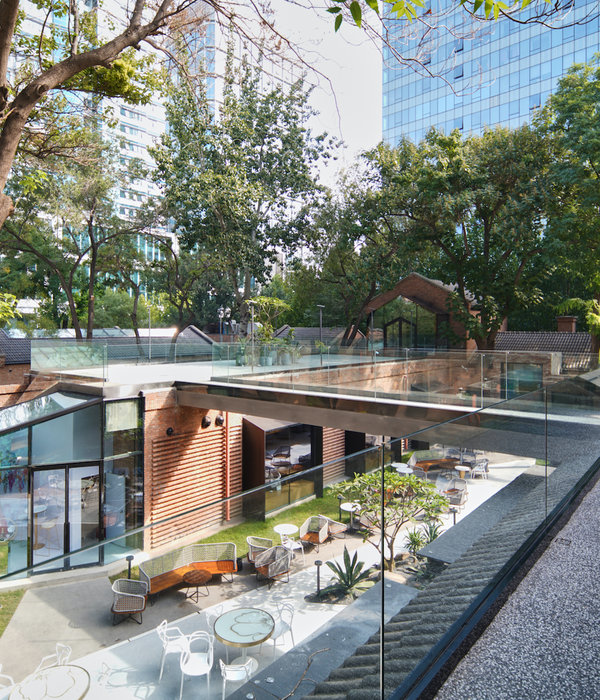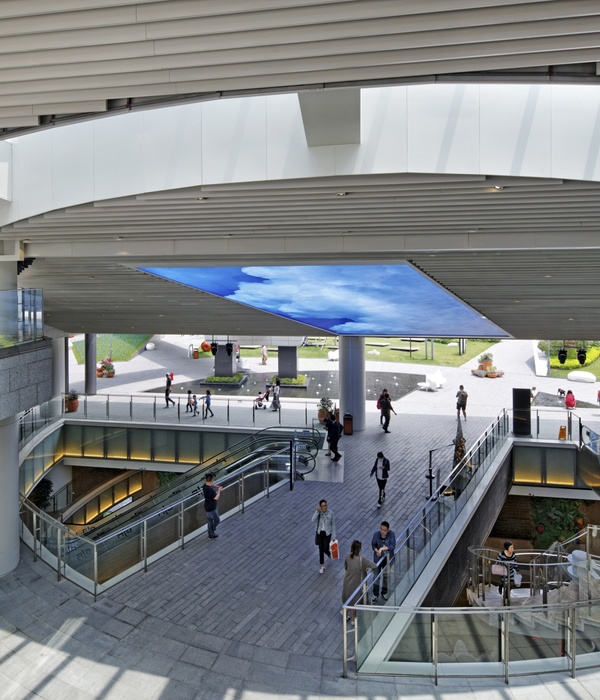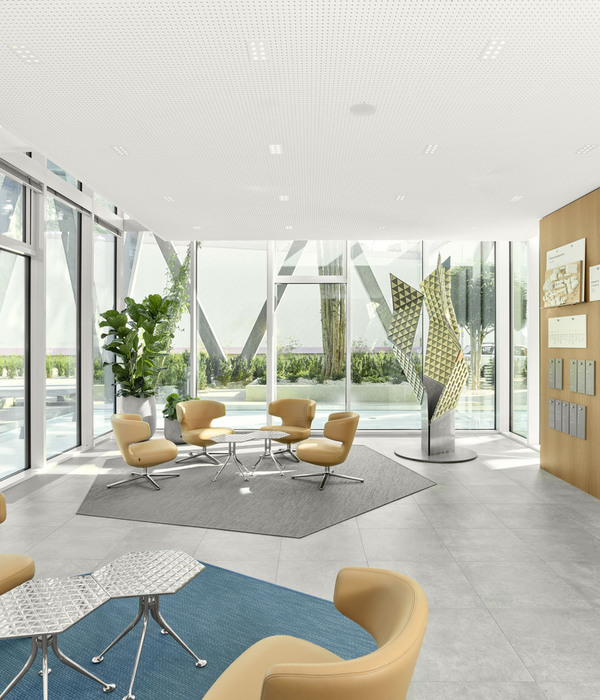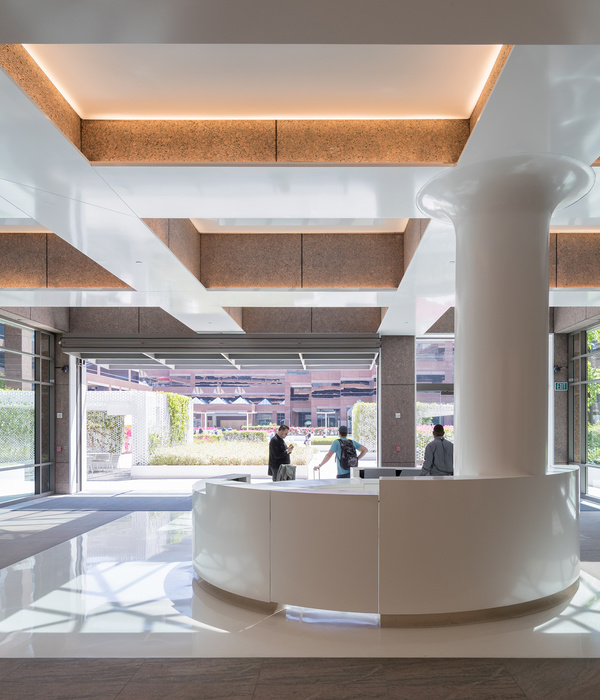"I am not formal at all," said designer Brock Forsblom’s client, who grew up on the Upper East Side. "I have a love affair with Los Angeles and want to get off the elevator and feel like I am in California." She appreciated Old Hollywood glam but also sought a bit of organic informality to counteract the chaos of living in New York. Her husband is a somewhat more formal sort, a suit-and-tie guy with refined taste. Forsblom imagined the home for the couple and their two young children as "Slim Aarons does Martinique," something casual yet glamorous. With lots of plants. (More on that later.)The original apartment was a classic six with over-the-top traditional elements wedged into a ’70s building with nine-foot-high ceilings. "It was full-on Missy Marie Park Avenue," Forsblom tells . "Hey, everyone has their own fantasy!" But the chunky crown moldings and chandelier medallions had to go. It was a (nearly) total gut renovation, the whole thing taking about a year to complete. Forsblom loved the challenge of designing everything from the new molding to the door paneling—as well as the furnishings. "As someone with a lot of traditionalist tendencies in my bones, it was fun to rip out a traditional interior and make it feel fresh."
In the library, Forsblom painted the wood a distinctive blue and kept everything else relatively simple, wanting to avoid an overabundance of fabrics and colors. The chairs, the clients’ own, were reupholstered in Lee Jofa mohair velvet. The 1970s Italian travertine and glass table is from Maison Gerard. The sofa, from Room & Board, wears a blue cotton velvet. Peacock-printed velvet throw pillows are from Studio Four NYC. The Paolo Buffa desk chair is from Gaspare Asaro. Sixties-era Italian brass sconces are from the Paris flea market. The smoked glass and chrome Italian desk is from Galerie Portuondo in Paris. The 1950s spoked chandelier with conical shades is from Rago Auctions; cabinet hardware from Rejuvenation; custom wall-to-wall carpet from ALT for Living; and Roman shades in fabric from Angela Brown.
A central wall was razed, but original parquet Versailles floors in these two rooms was left behind, albeit stripped and whitened. “Missy Marie sur la plage! And really, the parquet square is perhaps the little black dress of flooring,” the designer notes. Leaving some of the Park Avenue–ness intact in some places while completely abandoning it in others is what gives the place its considerable charm.
The new open arrangement is light and airy—in part due to the 15-foot-wide windows—but it did require some novel thinking. “The more you open up the plan, the more you restrict your material palette. Everything looks at everything.” Forsblom says it forced him to keep it tight, a process he found highly enjoyable. Once a few elements were set—oak floors, gray walls, white marble—it began to fall into place. “We were trying to create a really legible vocabulary for the architecture so that, as you move in the space, it feels really consistent.” Part of this scheme, involving relatively low ceilings, was the decision to have no full-length curtains.
To maintain this unity, every room got the same crown molding, every window got the same cabinet detailing below. “This idea of creating a really crisp, clean architecture was important, because you can be playful on top of that yet remain rigorous and fresh.” He also wanted to eschew the Park Avenue parade of styles that sometimes happens—an English country living room, a Georgian dining room, and a French library, what Forsblom refers to as a curio box of the last 300 years of design history.
In an NYC Park Avenue co-op apartment owned by a married pair of clients with dissimilar styles, designer Brock Forsblom embraced an open plan for the family room, kitchen, and breakfast room. “Suddenly everything feels sexy and young and livable,” Forsblom says. The blue mohair velvet Milo Baughman sofa is the clients’ own; the chandelier is contemporary Italian from the Paris flea market. Train table from Ducduc. Custom Moroccan wool rug from Rug & Kilim.
The kitchen floor is an update of a more traditional style, done in herringbone Gioia Venatino marble tiles from is painted in a custom gray.
and appliances are largely hidden behind the cabinetry. Plumbing fixtures are from . Hand-hammered cabinet hardware is from
Plants—and plenty of them—are an essential component of Forsblom’s design. It all starts with this self-irrigating living wall by Plant Wall Design in the breakfast room. The custom banquette wears a Brochier outdoor fabric from . Custom oak breakfast table. Chandelier from
The first thing one sees when entering is a sculptural painting of a Camel cigarette package by Larry Rivers, comprised of a series of wood cutouts assembled on multiple planes. The original marble floor was replaced with Gioia Venatino and Bardiglio marble from . The artwork is flanked by a pair of sconces in rock crystal and brass from a local gallery under a ’60s Italian vintage chandelier from . The blue commode is Carlo di Carli, purchased at in Paris. White planter is from
The dining room, which is in the former living room, features a ’70s Italian travertine table from the Paris flea market.
Oak dining chairs are by Guillerme et Chambron from .
The mod ceiling fixture is by Angelo Lelli from a gallery in Paris.
Roman shades and window seats are found throughout the house, covered in fabrics from , and
Most of the living room furniture, which has a European midcentury vibe, was bought on two trips to Paris, with approvals all done over text. “Everything showed up looking fabulous, and they love it,” says Forsblom of the finds. The custom biscuit tufted sofa is in washable blue velvet by <b>.</b> The throw pillows are in fabrics by <b>.</b>
. The custom wool and silk area rug with stylized bird of paradise flowers is by
. The mahogany and parchment ’50s French sideboard is the clients’ own. The bronze and glass coffee tables and bronze and velvet slipper chair are from
in Paris. In contrast to the groovy glam of the blue seating are a pair of 1960s Italian armchairs from the Paris flea market upholstered in
gray wool.
In the library, Forsblom painted the wood a distinctive blue and kept everything else relatively simple, wanting to avoid an overabundance of fabrics and colors. The chairs, the clients’ own, were reupholstered in mohair velvet. The 1970s Italian travertine and glass table is from . The sofa, from , wears a blue cotton velvet. Peacock-printed velvet throw pillows from . The Paolo Buffa desk chair is from . Sixties-era Italian brass sconces are from the Paris flea market. The smoked glass and chrome Italian desk is from in Paris. The 1950s spoked chandelier with conical shades is from . Cabinet hardware from Custom wall-to-wall carpet from Roman shades in fabric from
The serene primary bedroom is all about the wallpaper—printed grasscloth by . It provided a luxurious envelope for the crisp furnishings, including a custom bed in a , and throw pillows in a fabric. Simple side tables are from , and the alabaster lamps are from . Chandelier is from and the gray custom carpet is from
In the primary bathroom a marble parquet is from while frosted glass doors concealing the toilet and shower help make the space modern and fresh. Bath hardware is from and towels are by
In one of the kids’ rooms, the custom bed, with headboard and rails in fabric, is a trundle for sleepovers. The Roman shade is in the same Canovas fabric. Wool carpet is by . A geometric ’50s-style enamel chandelier is by . The diminutive table and chairs are by
In another child’s nursery, the custom cherry blossom and butterfly wallpaper is by . “We were really ready for a pink room!” says Forsblom, looking back. The crib is by and the glider is in a washable fabric. The ceiling fixture is from
{{item.text_origin}}












